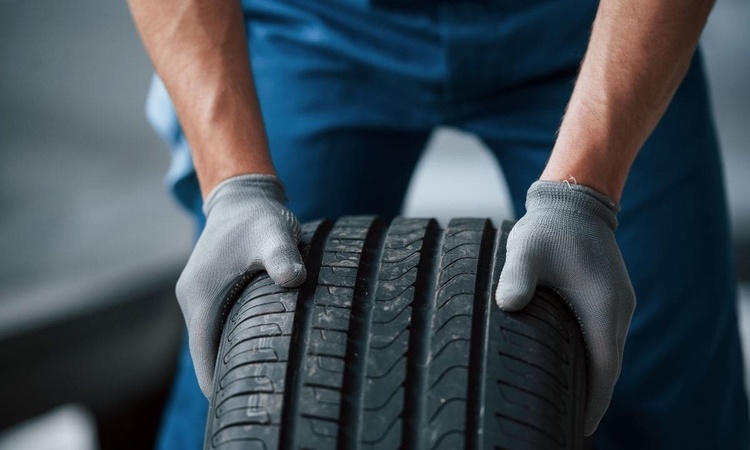Optimizing Aerodynamics and Load for Improved Efficiency
Reducing drag and managing cargo are practical ways to improve vehicle efficiency, whether you drive a conventional fuel car or an electric model. This article examines how simple steps—from removing roof clutter to balancing loads—can lower fuel or energy use, improve safety, and preserve vehicle value over time.

Vehicles operate within the constraints of physics: air resistance, weight, and rolling friction all combine to determine how much energy is needed to move. Improving aerodynamics and managing load are complementary strategies that reduce fuel consumption or extend electric range while lowering emissions and wear. This overview connects aerodynamic choices and load practices with routine maintenance, tires, brakes, diagnostics, and the broader considerations of safety, inspections, and resale value. Practical steps work for daily commuting, longer roadtrips, and long-term ownership costs.
How does aerodynamics affect efficiency?
Aerodynamics determines how cleanly a vehicle slices through air; reduced drag means less energy spent at highway speeds, which improves fuel economy or electric efficiency. Small changes—closing unused roof racks, keeping windows closed at high speed, and avoiding oversized accessories—cut aerodynamic losses. Streamlined bodywork and proper underbody shielding can lower emissions by reducing the engine or battery load. While manufacturers optimize shapes, drivers can still influence drag with simple habits that translate directly into measurable savings on fuel or charging demand.
How does load and cargo influence fuel use?
Payload and cargo placement change the energy required to accelerate and climb hills. Carrying unnecessary weight increases fuel consumption and reduces electric range, while poor load distribution affects suspension, alignment, and braking performance. For roadtrip planning, pack efficiently and stow heavy items low and centered to preserve handling. Reducing spare or seldom-used items can improve resale appeal by demonstrating lower wear. Consider seasonal swaps—removing winter equipment when not needed—to trim load-related penalties on efficiency and component longevity.
How does regular maintenance preserve efficiency?
Routine maintenance ties directly to aerodynamic and load-related gains. Engine and driveline diagnostics, timely lubrication, and scheduled inspections keep components operating at designed efficiency, minimizing parasitic losses. A well-maintained vehicle holds tighter tolerances, which helps both fuel and electric systems run more predictably. Using local services for periodic inspections—covering belts, filters, and fluid levels—ensures that wear or misadjustment doesn’t negate aerodynamic or load-management improvements.
How do tires, alignment, and suspension matter?
Tires are a major interface with the road: correct pressure, tread condition, and rolling-resistance ratings affect consumption. Proper alignment reduces uneven wear and rolling drag, while suspension condition influences ride height and thus aerodynamic profile. Soft or worn suspension can increase drag and decrease handling safety, particularly under load. Regular tire checks, alignment services, and occasional suspension inspections help sustain the efficiency gains from aerodynamic measures and balanced cargo strategies.
How do brakes, diagnostics, and safety tie in?
Brakes and onboard diagnostics play a role beyond stopping performance. Sticky calipers or poorly adjusted systems add drag or rolling resistance, sapping fuel or battery range. Modern diagnostics tools can identify inefficiencies early—alerts on wheel bearings, brake drag, or driveline faults let owners correct issues quickly. Safety inspections that include brake checks also protect against excessive wear from overloaded vehicles. Prioritizing these checks with local services preserves both safety and the efficiency improvements achieved through aerodynamics and load management.
How do electric systems, battery, and charging affect range and emissions?
For electric vehicles, battery health, charging habits, and thermal management strongly influence how aerodynamics and load translate to real-world range. Fast or high-frequency charging patterns, extreme temperatures, and depleted battery condition can blunt the benefits of reduced drag and lighter loads. Efficient charging practices and proper diagnostics extend usable capacity; meanwhile, for hybrids and conventional cars, improved aerodynamics lowers fuel burn and emissions. Balancing charging schedules, maintaining battery condition, and avoiding unnecessary weight are all part of maximizing system-level efficiency.
Conclusion
Optimizing aerodynamics and load is a practical, cost-effective approach to improving vehicle efficiency across fuel and electric powertrains. When paired with consistent maintenance—covering tires, alignment, lubrication, brakes, and diagnostics—these measures enhance safety, lower emissions, and contribute to a healthier resale profile. Simple habits, periodic inspections by local services, and mindful packing for roadtrips can collectively produce measurable benefits for everyday driving and long-term ownership.





